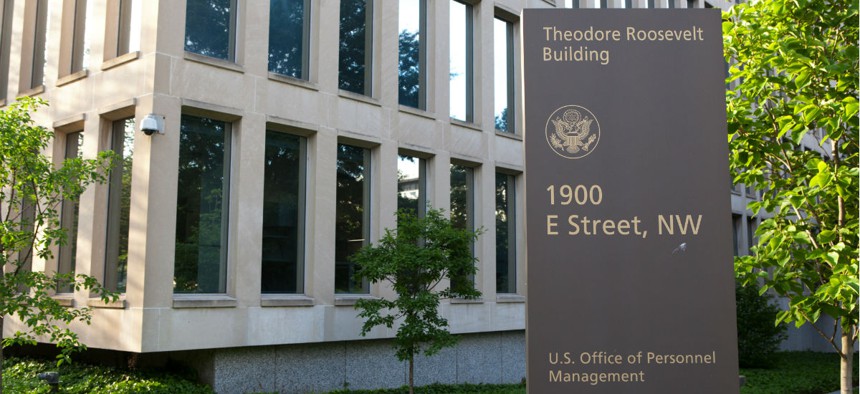OPM to Implement Leave Changes for Agencies
New rules aim to limit the use of paid leave while an employee is investigated for misconduct.
Officials with the Office of Personnel Management have drafted new rules that aim to limit the use of paid administrative leave while an employee is under investigation for misconduct.
The proposed regulation, posted to the Federal Register Thursday, implements the 2016 Administrative Leave Act, which was approved by Congress last December as part of the 2017 National Defense Authorization Act. It institutes two new categories of paid leave: investigative and notice leave. Under the new system, agencies can only put an employee on administrative leave to investigate misconduct or performance for a maximum of 10 days per calendar year.
The draft is open for comments until Aug. 14.
After the 10-day cap is met, agency officials would need to consider whether the employee is able to safely telework while the investigation continues. If that is not the case, the agency can put the worker on investigative leave, which can be employed up for up to three 30-day increments.
Notice leave is a new category that agencies can employ for the period after an employee receives notice of the adverse action has been proposed in their case. Agencies are not required to exhaust the 10 days of administrative leave before employing this tool.
Currently, agencies use administrative leave at their discretion, typically when investigating an employee for alleged misconduct. Watchdogs and members of Congress argued that the broad latitude of this policy led to abuse of the system, as some employees would spend extended periods of time collecting pay from home while officials investigate. Employees also would be left in limbo for months, unable to work or challenge allegations of misconduct or unfair decisions.
OPM officials stressed that agencies can only use the new leave categories when letting an employee back to work would jeopardize the agency’s mission or personnel.
“These two types of leave may be used only when an authorized agency official determines, through evaluation of baseline factors, that the continued presence of the employee in the workplace may pose a threat to the employee or others, result in the destruction of evidence relevant to an investigation, result in loss of or damage to government property, or otherwise jeopardize legitimate government interests,” OPM said. “Before using these two types of leave, agencies must consider options to avoid or minimize the use of paid leave, such as changing the employee’s duties or work location.”
After the new regulations are finalized next month, agencies will have 270 days to develop their own policies and procedures governing the new leave categories, as well as make any needed changes to record-keeping systems.








